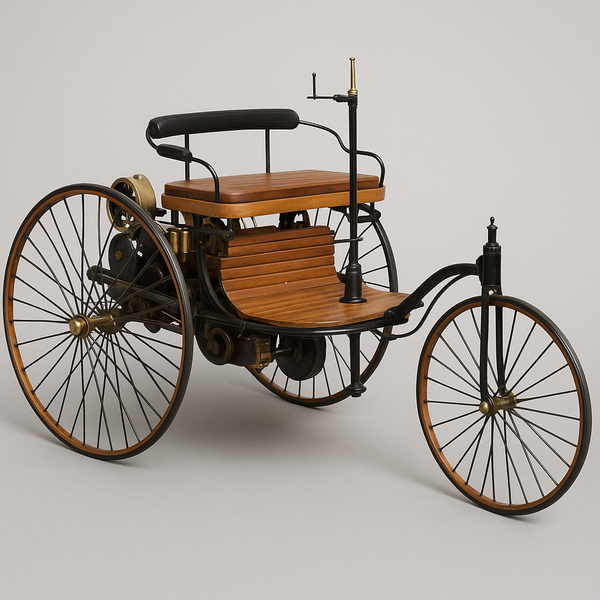From Whale Oil to Coal and Non-linear Thinking

It is difficult to prognose the future. Nowadays, it is even difficult to know what will happen next year. Political shifts, environmental change, and technological breakthroughs interact in unpredictable ways. From known unknowns—such as the pace of a specific technology’s development—to unknown unknowns—like the sudden emergence of entirely new paradigms—our ability to estimate the future is constantly challenged.
Yet, there is another, deeper reason why prediction so often fails: people struggle to think in non-linear ways. The whale hunting industry was flourishing in the 1800s and no one expected it vanish so quickly, all due the discovery of petroleum and technological advancement espcially electricity. Similarly, estimating coal demand in the 1920s based on historical growth trends would have produced absurd results; likely exceeding the total amount of coal on Earth. In both cases, the linear logic of extrapolation collapsed when entirely new technologies appeared. The car and the internal-combustion engine didn’t just improve the old system; they replaced it.
The same pattern has repeated throughout history. New technologies often trigger non-linear jumps; they don’t continue existing curves, they redraw them.
A modern example: Canva.
A 2010 study by the U.S. Bureau of Labor Statistics projected that by the mid-2020s there would be around 500,000 graphic designers worldwide. In 2025, Canva alone has over 220 million monthly users; that’s roughly 440 times the original estimate (even when corrected to include the rest of the world). While most of those users don’t identify as professional designers, the principle remains: Canva created a new market that was invisible in the 2010s. By radically simplifying design, it empowered millions to create visually, at a time when such work was limited to trained professionals with expensive software and years of experience.
An even newer example: Lovable
Lovable is one of the fastest-growing companies in recent history. Lovable’s approach to building and deploying web applications has made creation accessible to people with no technical background. Just as Canva democratized visual design, Lovable is democratizing software creation.
Why is this relevant?
Because we believe that simplifying, automating, and co-piloting the design of physical objects will unleash a similar dynamic to those of Canva and Lovable. To reach that point, we need not only to automate design workflows but also to rethink UX and UI; to create interfaces that make advanced creation feel effortless. (See our previous article on this topic.)
Automating design isn’t a threat to designers or their jobs. As Jevons’ Paradox shows, efficiency often increases demand; not reduces it. A more efficient motor uses less energy per unit but leads to more motors being produced. Likewise, automating functional design makes one designer’s work faster and easier, while inviting many new people into the field who might never have joined otherwise.
Thinking Beyond the Linear
The economist and thinker Nassim Nicholas Taleb has written extensively about this human bias toward linear thinking. In The Black Swan, he describes how rare, unpredictable events; those unknown unknowns; shape history far more than gradual trends do. Most forecasting models fail precisely because they assume continuity and diffierentiability, ignoring the possibility of sudden, disruptive change.
Taleb’s idea of antifragility goes beyond resilience; some systems don’t just survive shocks; they grow stronger because of them. Innovation often works this way. When new technologies emerge, they cause disruption, but antifragile companies and individuals use that disruption to leap forward. Think of those that reinvented themselves during crises, wars, or recessions; they adapted, innovated, and seized new opportunities while others collapsed. Canva and Lovable are modern examples of antifragile innovations that thrived precisely when traditional models failed.
Understanding this mindset is essential. Building tools for the future means accepting that the future will not be linear. It will bend, break, and reform in ways that defy our models; and that is precisely where the greatest opportunities lie.



